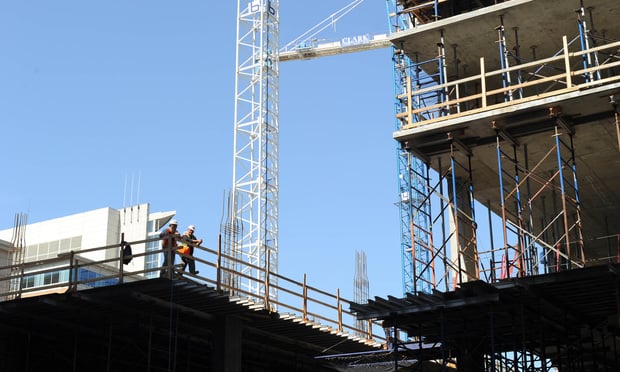The developer would have the option of either razing theexisting properties and replacing them with a mix of new shelterand commercial development or renovating and improving all sixmultifamily buildings. The structures house 238 family tenants inan estimated 600 units.
The developer would allocate at least 40% of the units to publichousing tenants. The remainder would be rented at current marketrates. One property especially, the 100-unit Lake Monroe Terraceapartments, is in rickety condition and has long needed repairs.<p<In a published statement, Hudson says he feels a privatedeveloper could quickly raise about $7 million and do the LakeMonroe Terrace job in eight months compared to his agency whichwould take 10 years to complete the job because of bureaucraticFederal red tape. Placing the six public housing properties underprivate ownership would put the complexes on the tax rolls and makethem a revenue-maker for the city, Hudson says. Under HUD, theproperties are exempt from local taxes.
But convincing the tenants of such a plan will be a difficultassignment, the Housing Authority official concedes.
Continue Reading for Free
Register and gain access to:
- Breaking commercial real estate news and analysis, on-site and via our newsletters and custom alerts
- Educational webcasts, white papers, and ebooks from industry thought leaders
- Critical coverage of the property casualty insurance and financial advisory markets on our other ALM sites, PropertyCasualty360 and ThinkAdvisor
*May exclude premium content
Already have an account?
Sign In Now
© 2024 ALM Global, LLC, All Rights Reserved. Request academic re-use from www.copyright.com. All other uses, submit a request to [email protected]. For more information visit Asset & Logo Licensing.








